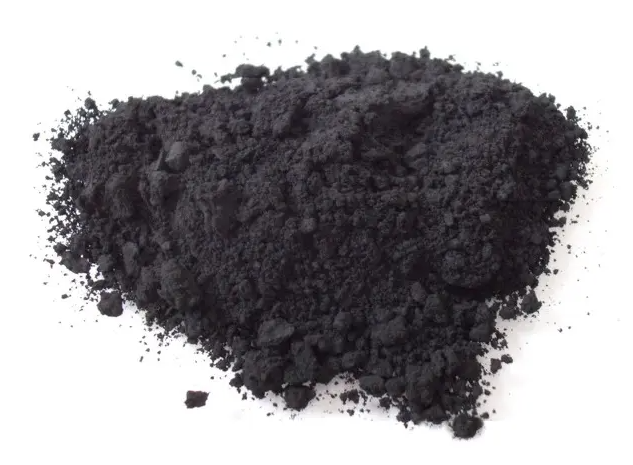MIT research appeared on PNAS
– All it takes is water and a pinch of carbon black to turn the foundation of the house into a supercapacitor capable of powering a medium-sized home or the fast charging system of an electric car. Or to make a road capable of transferring energy to an EV that travels it.
How the MIT cement supercapacitor works
These are two possible applications for the supercapacitor developed by a group of researchers at MIT in Boston. The starting point? The most ordinary concrete. In a study published in PNAS they demonstrated how it is possible to exploit the way water and cement interact to achieve a high-performance energy storage system. When water and cement are joined, the first is distributed in a network of small channels that persist even once the second has hardened.
The peculiarity that allows to use this system to obtain a supercapacitor is the way in which these channels are distributed: the structure that the water creates is fractal. Smaller branches branch out of larger branches. In other words, water is distributed over a very large area. Added with carbon black, a highly conductive material, what you get is one half of the supercapacitor.
Just take two surfaces like the one described, immerse them in an electrolytic material such as potassium chloride (which “charges” the carbon atoms of carbon black) and separate them with an insulating layer to obtain the two plates of a supercapacitor.
Supercapacitors (supercapacitors) are trying to gain space in the storage market, both in consumer electronics and in electric mobility, with the aim of replacing or integrating electrochemical batteries. Batteries accumulate large amounts of charge per unit volume, while supercapacitors quickly provide a large amount of electric current and store it longer.
One of the main avenues is the creation of micro supercapacitors with a large storage capacity. The system developed at MIT, on the contrary, does not need to be small. According to the researchers, a block of 45 m3 of cement doped with carbon black can store about 10 kWh of electricity. However, it should be noted that the integration of the supercapacitor in a structural element, such as the foundations of a house, limits the energy density that can be available, since carbon black tends to weaken the performance of cement.

